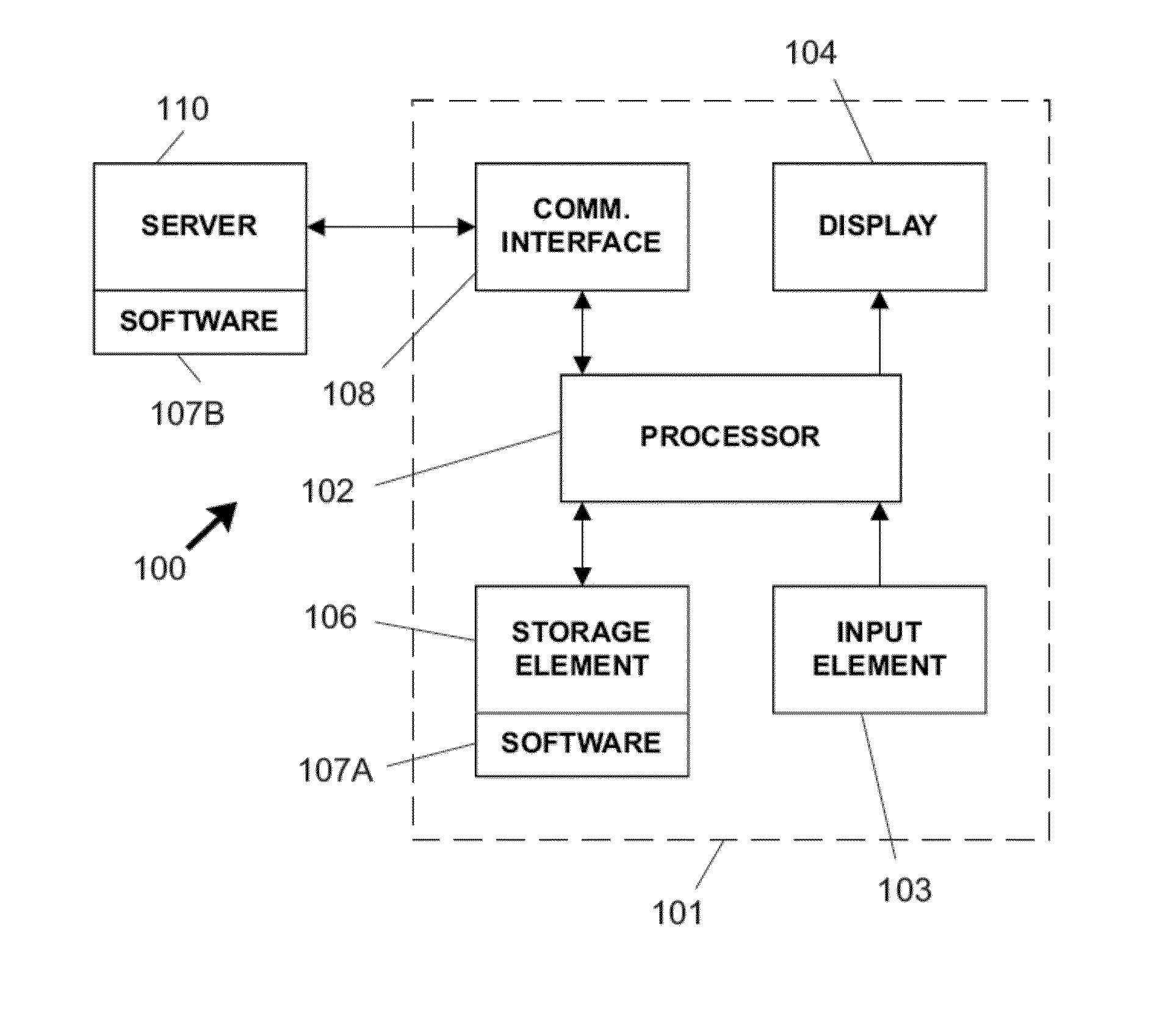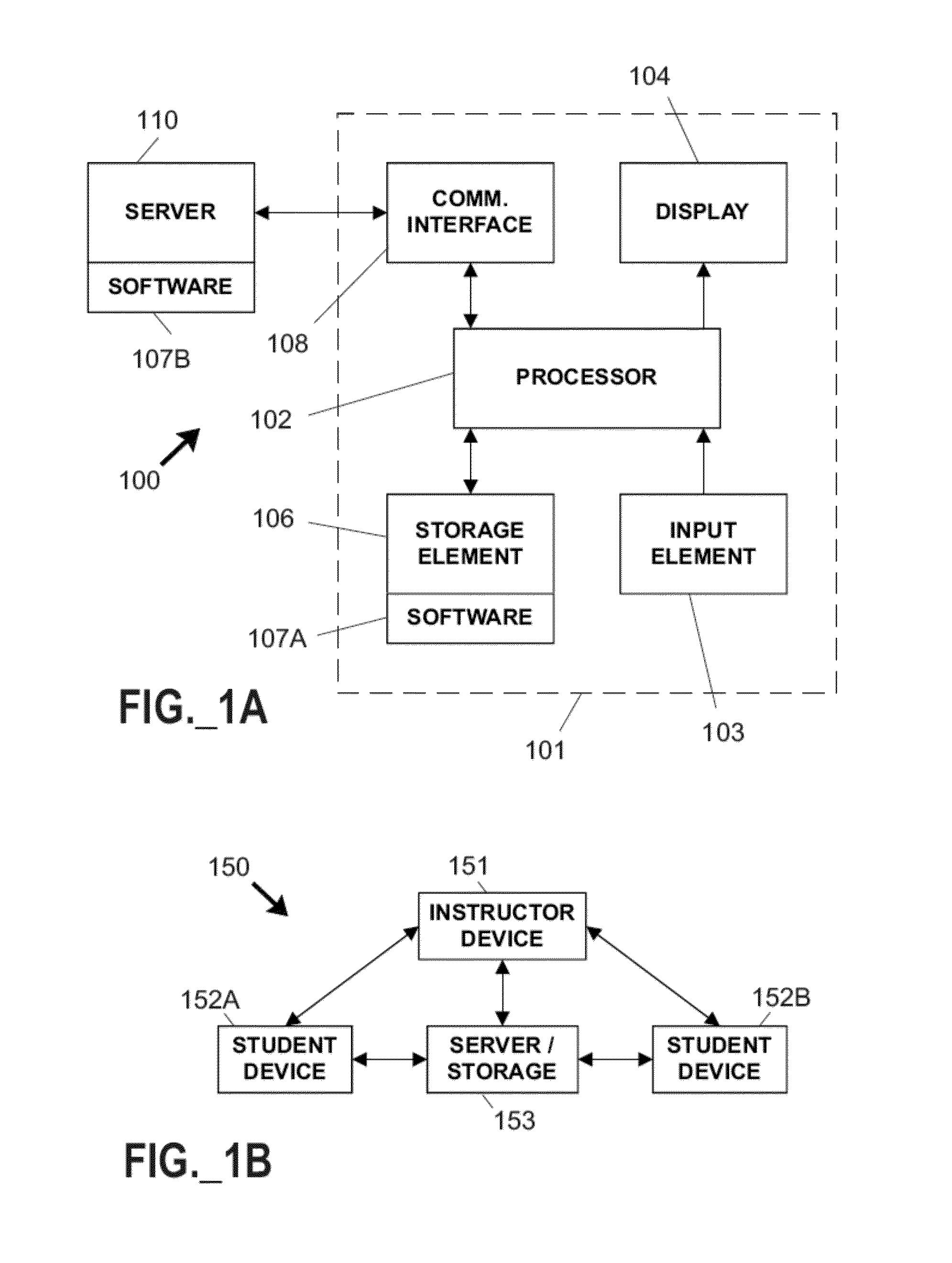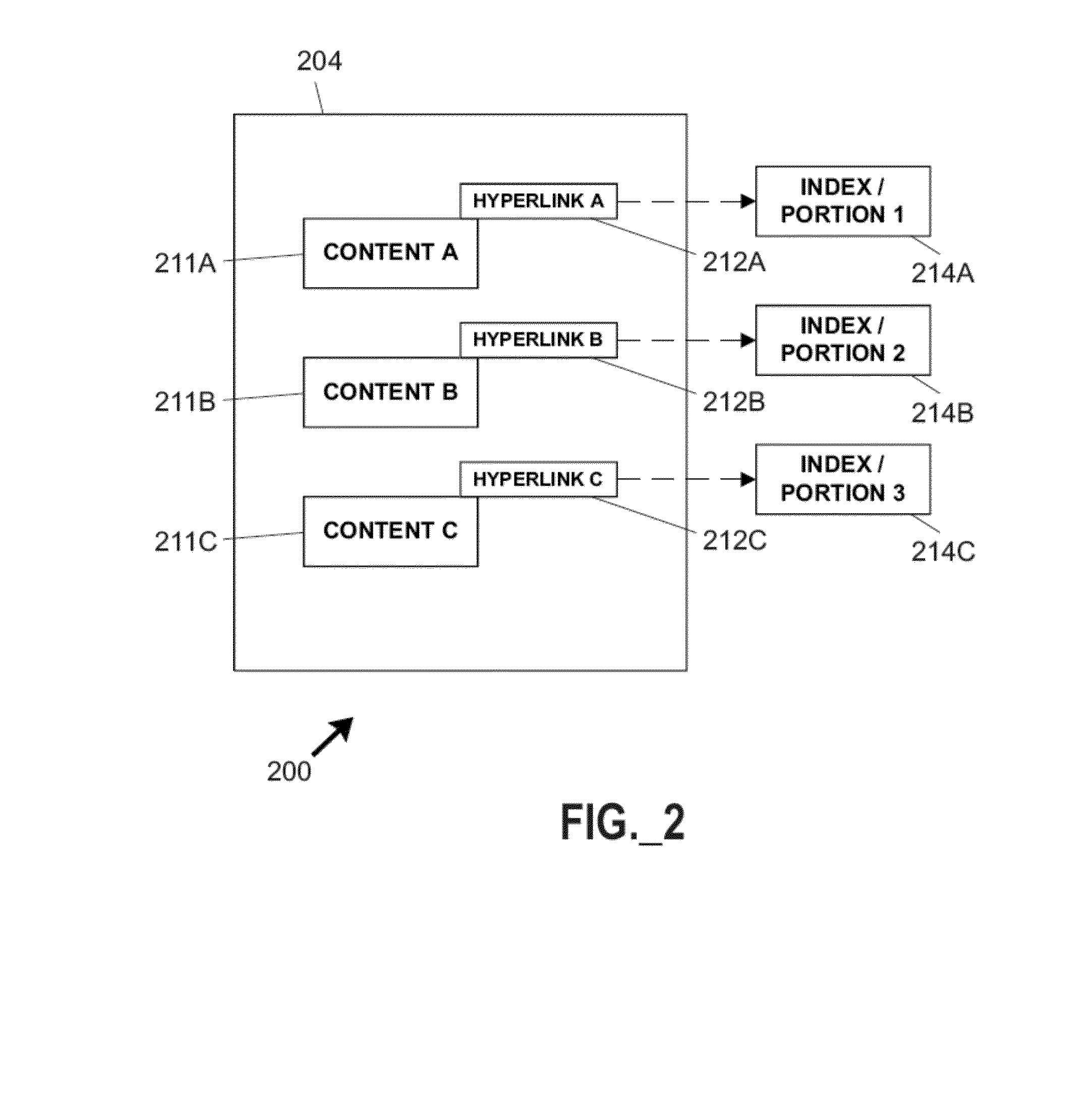Standards-based personalized learning assessments for school and home
a personalized learning and school technology, applied in the field of educational materials and software, can solve the problems of medium complexity and relatively difficult, and achieve the effect of optimizing the student's learning ability
- Summary
- Abstract
- Description
- Claims
- Application Information
AI Technical Summary
Benefits of technology
Problems solved by technology
Method used
Image
Examples
example 1
Representative Standards-Based Test
[0138]A representative instructional aid is shown in FIG. 3, which is a homework sheet showing the state, the particular standard within the state, and a series of questions. The sheet also includes a series of answers to the questions, and directions regarding the next question to take, based on the answer to the question.
[0139]FIG. 4 is a template used to build an instructional aid. The excerpt is one viewable page of the template, that uses alphanumeric variables to indicate the difficulty level (H=Hard, M=Medium, E=Easy, BL=Baseline. The first number in the alphanumeric variables indicates the round number that the examinee is on (1=the first set of questions presented to the student after the baseline round). The second number in the alphanumeric variable indicates the question number within that round (1=the first question for that round and difficulty level). E21, for example, represents an easy question (E) present to the student in the sec...
PUM
 Login to View More
Login to View More Abstract
Description
Claims
Application Information
 Login to View More
Login to View More - R&D
- Intellectual Property
- Life Sciences
- Materials
- Tech Scout
- Unparalleled Data Quality
- Higher Quality Content
- 60% Fewer Hallucinations
Browse by: Latest US Patents, China's latest patents, Technical Efficacy Thesaurus, Application Domain, Technology Topic, Popular Technical Reports.
© 2025 PatSnap. All rights reserved.Legal|Privacy policy|Modern Slavery Act Transparency Statement|Sitemap|About US| Contact US: help@patsnap.com



